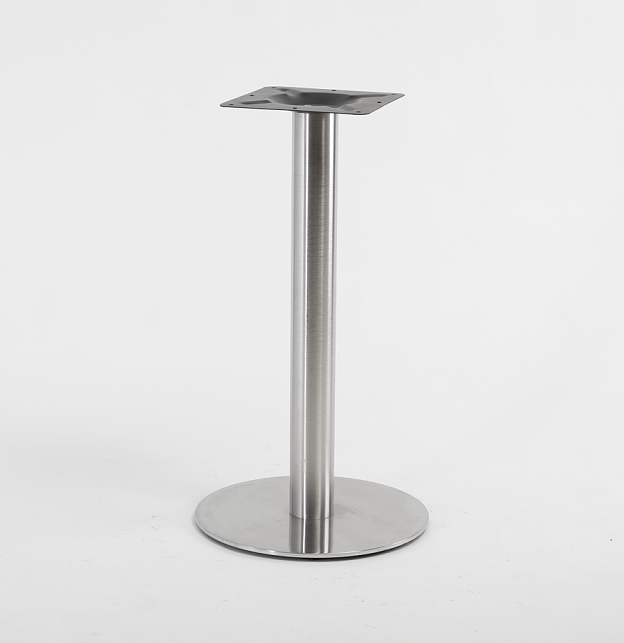According to a recent report from the official website of the University of Cambridge in the United Kingdom, scientists from the school integrated the perovskite layer into the light-emitting diode (LED), and the internal luminous efficiency of the resulting product is close to a record 100%, which is comparable to the best organic LED (OLED) It is expected to be used in the fields of display, lighting, communication and next-generation solar cells in the future.
Compared with OLEDs widely used in high-end consumer electronics, perovskite-based LEDs are cheaper to manufacture and emit light with high color purity. Although scientists have previously developed perovskite-based LEDs, the resulting products are less efficient at converting electricity into light than traditional OLEDs. The hybrid perovskite-based LEDs previously developed by Professor Richard Freed ’s team at Cavendish Laboratory at Cambridge University have caused the loss of the perovskite layer caused by small defects in the internal crystal structure, which limits their luminous efficiency. .
Now, the team has proved through new research that allowing perovskite to form a composite layer with a polymer can achieve higher luminous efficiency, which is close to the theoretical efficiency limit of thin-film OLEDs. The research results were published in the latest issue of Nature Photonics.
The perovskite-polymer composite layer in the LED device is made of two-dimensional and three-dimensional perovskite and insulating polymer. When an ultrafast laser is irradiated on the structure, the energy-carrying charge moves from the two-dimensional area to the three-dimensional area within one trillionth of a second. Then, the "divided" charges in the three-dimensional area effectively recombine and emit light.
Dr. David Di, one of the corresponding authors of the paper, explained: "The energy transfer from the two-dimensional region to the three-dimensional region occurs very quickly, and the charge in the three-dimensional region is isolated from the polymer defects. These mechanisms can prevent defects 'Trouble' to prevent energy loss. This is the first time scientists have achieved this on perovskite-based products. "
Although perovskite-based LEDs have begun to compete with OLEDs in terms of efficiency, they are currently less stable and cannot be used in consumer electronics products for the time being. When perovskite-based LEDs were first introduced, they lasted only a few seconds. The half-life of the perovskite-based LEDs in the new research is about 50 hours. Although it has improved a lot, it is still far from the life requirements required for commercial applications. To achieve this, an extensive industrial development plan is required. Di David said: "Understanding the degradation mechanism of LED is the key to future improvement." (Reporter Liu Xia)
Whether you run a fast-paced restaurant or a cozy coffee shop, you know the importance of providing your guests with a sturdy place to eat their meals. With the Lancaster Table and Seating black Metal Table Base, you can create a balanced dining area for customers in your establishment.
These table bases is very affordable and great quality. It is easy to install and very sturdy. It doesn't scratch the floor when moved and is easy to clean.
Material is cast iron,stainless steel,aluminum.
Finished is black,chrome,brush,polished.


Table Base,Metal Table Base,Dining Table Base,Cast Iron Table Base
Foshan Nanhai Xin Jianwei Hardware Co., Ltd , https://www.aaghardware.com